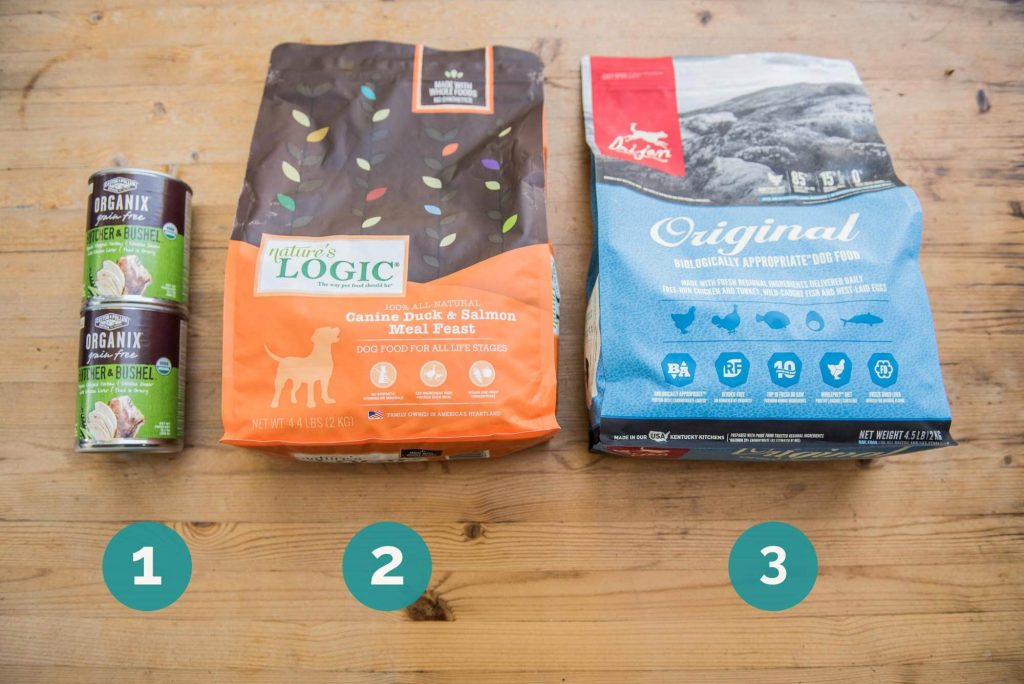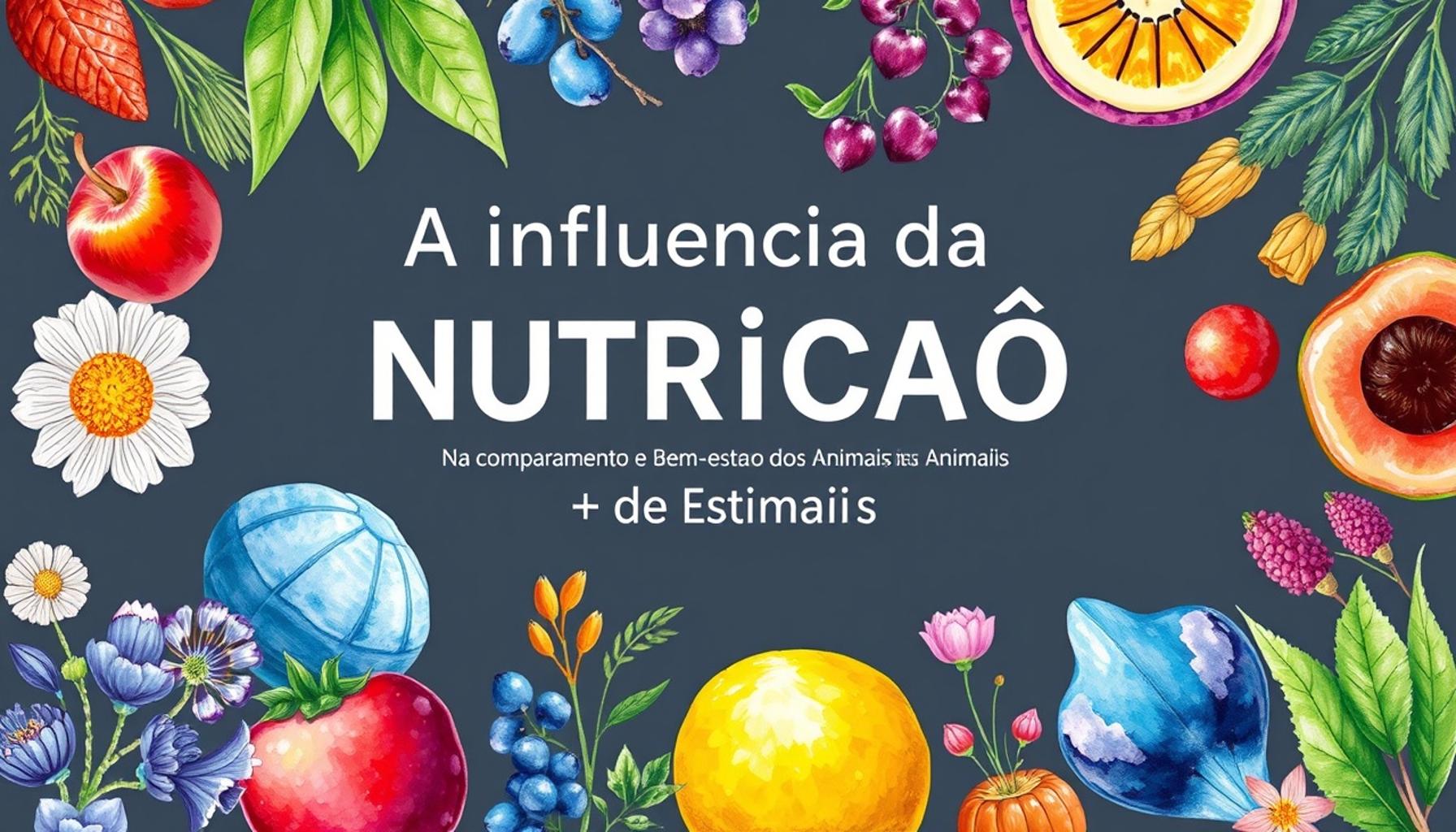How to Read Pet Food Labels What Each Ingredient Means Explained

Understanding pet food labels is essential for any responsible pet owner. With the variety of options available, knowing what goes into your pet’s food can significantly impact their health and well-being. An informed choice ensures that your furry friend receives the right nutrition they deserve.
Why Reading Pet Food Labels Matters
A quick glance at the label can reveal a wealth of information:
- Ingredient Quality: Knowing where ingredients come from helps assess their nutritional value.
- Allergen Awareness: Identifying potential allergens keeps your pet safe from adverse reactions.
- Nutritional Needs: Understanding the balance of nutrients can contribute to long-term health.
What to Expect in This Article
In this article, we will break down pet food labels and explain what each ingredient signifies. You will also discover how to interpret common terminologies that manufacturers use, leading you to make well-informed decisions for your pets. Finally, we’ll unveil our ranking of the Top 5 pet food brands known for their transparency and quality.
DON’T MISS OUT: Click here for essential hiking tips
Top 5: How to Read Pet Food Labels – What Each Ingredient Means
In today’s world, pets are cherished members of our families, and their well-being is a priority for many. As such, one of the most crucial aspects of pet care is their nutrition. With the pet food market flooded with countless options, understanding how to read pet food labels becomes a vital skill for any pet owner. This guide will delve into the top five elements you should focus on when deciphering these labels, empowering you to make informed choices for your four-legged friends.

5. Understanding the Ingredient List
The ingredient list serves as the foundation for assessing the quality of pet food. Ingredients are typically listed by weight, from most to least predominant at the time of formulation. However, it’s crucial to recognize that some companies use techniques to make their products seem superior. For instance, they might break down similar components, like corn, into corn gluten meal and corn flour to artificially elevate ingredients such as meat further up the list.
When scanning these lists, prioritize whole, recognizable ingredients, such as pure meats and fresh vegetables. These signify higher nutritional value. For example, a label listing “chicken” or “beef” as the first ingredient likely indicates a higher quality product than one with “meat meal” or “animal by-products,” which are less transparent and may include lower-quality or questionable sources.
4. Decoding the Guaranteed Analysis
The guaranteed analysis on a pet food label is akin to a nutritional map, providing the minimum and maximum nutrient levels, such as crude protein, fat, fiber, and moisture. Yet, these figures only tell a fraction of the story. For instance, while a high protein content might initially seem advantageous, the digestibility and source of the protein profoundly affect its nutritional efficacy.
A practical example is the difference between chicken protein and generic meat by-products. While both may contribute to a product’s protein content, chicken protein is generally a high-quality source, whereas meat by-products can vary significantly in quality and digestibility. Thus, always prioritize foods where the protein source is specific and high quality.
3. Familiarizing Yourself with AAFCO Statements
The Association of American Feed Control Officials (AAFCO) plays a critical role in maintaining nutritional standards for pet foods. Labels stating their compliance with AAFCO signify that the food meets established nutritional guidelines. Phrases like “complete and balanced” indicate adherence to these standards, typically based on nutrient profiles or rigorous feeding trials.
Understanding these statements can be a game-changer. Formulation-based compliance might meet profile criteria without actual feeding trials, risking nutrient inadequacy. Foods verified through feeding trials have been proven to support the life stage stated on the package, offering more robust assurances of nutritional adequacy.
2. Recognizing Additives and Preservatives
Many commercial pet foods use additives and preservatives to enhance flavor, maintain freshness, or enrich nutritional content. While some, like vitamins and minerals, are beneficial, others might pose long-term health concerns. Common synthetic preservatives such as BHA, BHT, and ethoxyquin have been scrutinized due to potential health risks, including cancer.
Opting for natural preservatives like tocopherols (vitamin E) and ascorbic acid (vitamin C) is often a healthier choice. Pet owners should diligently research these components to comprehend their implications fully. By making informed decisions, you can safeguard your pet’s well-being and mitigate health risks related to synthetic additives.
1. Prioritizing Whole Animal Proteins
At the apex of this hierarchy is the significance of whole animal proteins in pet diets. Proteins are vital, serving as crucial components for tissue repair, immune function, and energy provision. Selecting foods where specific meats, like chicken, turkey, or fish, are the primary ingredients can significantly enhance your pet’s health.
Whole proteins differ markedly from protein derivatives like corn or soy, often used as fillers with negligible nutritional contributions. A diet abundant in quality animal proteins promotes a robust and vibrant pet, reflected in their coat quality, energy levels, and overall health. Ensuring the first listed ingredient is a specific protein source is a hallmark of high-quality pet food.
Conclusion: Making Informed Choices
By mastering the art of reading pet food labels, pet owners become empowered to make better nutritional choices for their companions. It involves interpreting the ingredient list, understanding the nuances of the guaranteed analysis, recognizing the implications of AAFCO statements, being cautious with additives, and prioritizing whole animal proteins. With diligence and attention to detail, you can ensure that your pets receive the nutrition they deserve, contributing to their longevity and happiness.
Thus, as you embark on selecting pet foods, remember these critical elements to make decisions that reflect the love and care you have for your pets. Becoming an informed pet food consumer not only supports your pet’s health but also fosters a rewarding and thriving relationship with your furry family members.
| Ingredient Categories | Description and Importance |
|---|---|
| Protein Sources | These are crucial for your pet’s growth and energy. Animal meals, such as chicken meal or fish meal, provide concentrated protein that supports healthy muscles. |
| Carbohydrates | They offer a source of energy and can include grains or vegetables. Whole grains like brown rice are easier to digest, but be wary of fillers that offer little nutritional value. |
| Fats | Essential for maintaining healthy skin and a shiny coat, fats also provide concentrated energy. Look for sources like fish oil or chicken fat on labels. |
| Additives and Preservatives | These can range from vitamins and minerals to artificial flavors and colors. While some are beneficial, others can be harmful. Always check for natural sources to ensure the best for your pet. |
Each category plays a vital role in determining the overall health and well-being of your pet. Understanding what goes into their food allows pet owners to make informed decisions, ensuring a balanced and nutritious diet tailored to their animal’s specific needs. It is advisable to examine these labels closely, noting especially the quality and source of each ingredient listed. Exploring each element helps uncover the intricacies behind pet nutrition, leading to a happier and healthier life for your furry friends.
LEARN MORE: Click here for tips on energizing your apartment dog
Frequently Asked Questions About Reading Pet Food Labels
What should I look for on a pet food label to ensure quality nutrition?
When scanning pet food labels, look for ingredients like real meat and whole grains. These indicate high nutritional value. Be cautious of terms like “by-products” or “meal,” which can be less desirable. Check for clear protein sources followed by specific grains and vegetables. High-quality pet foods typically list a named meat (like chicken or salmon) as the first ingredient.
What do the “meat by-products” listed on labels actually contain?
“Meat by-products” refer to parts of an animal that are not muscle meat, including organs and bones. Sometimes considered less appealing, these by-products can be nutrient-rich, offering minerals and vitamins. However, the term does not specify which parts are used, making it less transparent. Understanding this can influence your choice based on your comfort level with such ingredients.
How important is it to understand the percentage of crude protein in pet food?
The “crude protein” percentage on labels offers insights into the protein content, but not its quality. A higher percentage does not always mean better nutrition. Understanding the source of the protein is crucial, as real meat offers more bioavailability and nutrients compared to plant-based or by-product proteins. Always seek pet foods that specify the source of their protein content.
Why are preservatives used in pet foods, and are they safe?
Preservatives extend the shelf life of pet foods, preventing spoilage and ensuring freshness. However, not all preservatives are created equal. Natural preservatives like Vitamin E (listed as mixed tocopherols) are generally considered safer than synthetic ones like BHA or BHT. It’s advisable to research preservatives used in foods and opt for options with natural preservatives when possible.
What does “complete and balanced” mean on a pet food label?
When a label states “complete and balanced,” it signifies that the food meets the minimum nutritional requirements established by regulatory organizations like the AAFCO (Association of American Feed Control Officials). This ensures that the food provides all necessary nutrients required for your pet’s life stage. Nonetheless, it’s essential to consider your pet’s specific dietary needs, which might need supplementation or adjustment beyond the minimum standards.
DON’T MISS: Click here to prepare your home for a puppy
Conclusion
Understanding pet food labels is crucial for any responsible pet owner aiming to provide the best care for their furry companions. By decoding these labels, you equip yourself with the knowledge needed to make informed decisions about your pet’s nutrition. Throughout the article, we’ve explored the key components that make up these labels, emphasizing the importance of ingredients, nutritional guarantees, and feeding guidelines.
One of the critical takeaways is the distinction between whole ingredients and by-products. Knowing the difference helps you select food that aligns with your pet’s dietary needs. The article also highlighted the significance of the guaranteed analysis, which provides valuable insight into the nutritional content of the food. These are often quantified in terms of protein, fat, fiber, and moisture levels.
Moreover, understanding the source and quality of each ingredient is vital. Terms like ‘complete and balanced’ on pet food labels assure owners of a comprehensive nutritional profile, contingent on the food meeting AAFCO standards. Reading the ingredient list carefully helps avoid potential allergens and unwanted additives, fostering better health and wellbeing in your pet.
In conclusion, becoming literate in pet food labels is more than just discerning what’s inside a bag or can; it’s about adopting a conscientious approach to your pet’s health. As you navigate the complex world of pet nutrition, always stay informed and curious. The more you know, the better equipped you are to provide your pet with a diet that supports a long, healthy life. As we continue to explore our pets’ needs, remember that informed choices lead to better pet welfare.


